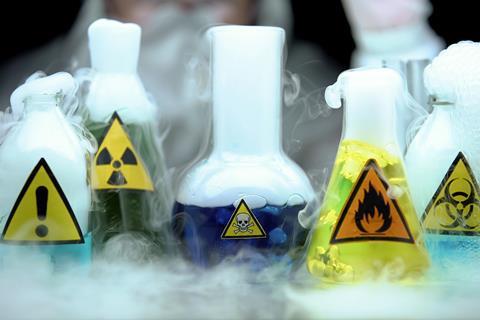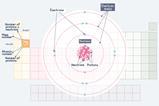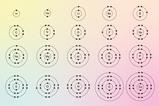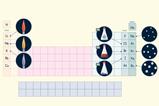Laboratory work can worry pupils. Use these ideas to overcome their concerns
I completed the industrial placement for my chemistry degree at a large pharmaceutical company. Before entering the lab for the first time, my colleague listed the hazards associated with the drug I would work on. I’ve forgotten most of them now – although the word ‘death’ definitely featured – but the hazard I remember most clearly was that, if I got the drug in my eye, my pupil would dilate permanently, and I’d lose my sight.

I was terrified the first time I worked with the drug, and I was certainly right to be cautious. But I didn’t need to be scared, because my method had been thoroughly risk-assessed and, as long as I followed it to the letter, I’d be fine.
As teachers, we’re very conscious of those overconfident students in our class, who need to slow down a bit; and we’re aware of potential ‘pinch points’ in lessons, when overexcited students get their hands on a Bunsen burner for example, or when corrosive solutions are involved. We learn to have eyes not just in the back of our heads but also at the sides, equipped with lenses that even fish would envy.
But what about the quiet students who are feeling overwhelmed by it all? Do we take enough notice of them, and the fear they might be feeling? Are we ready to encourage them when they step back and allow others to do all the work, not because they’re lazy, but because they’re simply too afraid?
Learning the lingo
It’s important to ensure students are aware of the hazards inherent in practical work, and how to minimise associated risks. But I think it’s also important to acknowledge with our students that apprehension is only natural. There is nothing worse than feeling like you’re the only one who’s anxious, and that you’re being stupid for feeling like this. Specifically mention to your class that it’s normal to feel nervous. The students that will benefit most from this are probably the ones least likely to shout about it.
We should also remind ourselves from time to time that much of the vocabulary we use in the lab, though second nature to us, is unfamiliar to our students. I remember feeling quite shocked when one of my classes laughed at the word ‘spatula’. For me, it was as if they were giggling at the word spoon. But for them, it was a word they hadn’t previously encountered, which sounded amusing.
The main thing that will help our students gain confidence is opportunities to practise practical skills
As well as explicitly teaching laboratory vocabulary, it’s also important to review it regularly. You could use knowledge organisers or vocabulary lists, build a word wall or put large labelled diagrams on the wall. The aim is to increase familiarity with the language. It’s easy to reel off a set of instructions involving pipettes, measuring cylinders and conical flasks, without first stopping to check that your class know what they are.
Practicals are also a good time to address common linguistic misconceptions, such as when students say they ‘burned’ a solid, when they actually mean they ‘heated’ it. We can forget that students learn all sorts of things every day, and our cherished laboratory language might not be at the forefront of their minds at all times.
Practice, practice and more practice
Of course, the main thing that will help our students gain confidence in the laboratory is being given plenty of opportunities to practise practical skills. But just as we might break conceptual learning into smaller steps, we can do the same with practical work. Consider teaching different skills separately, and completing only a short section of a traditional practical, rather than trying to finish the whole thing at once.
Many secondary schools start secondary science with initiatives like a ‘Bunsen burner licence’, which can be a valuable way to ensure students understand how to use them. But consider doing this for other aspects of practical work, such as how to use a pipette or pour liquids safely. I find it helpful to make practicals very ‘regimented’ at the start of the year: giving each student a defined role, and telling them exactly who does what and when.
I was once that scared, anxious person at the back of the lab, but my confidence has grown over time, with plenty of practice and thanks to careful, caring mentoring. Look out for the nervous pupils in your classes, and help them understand what an absorbing and engaging place the laboratory can be, as long as we treat it with respect.














1 Reader's comment